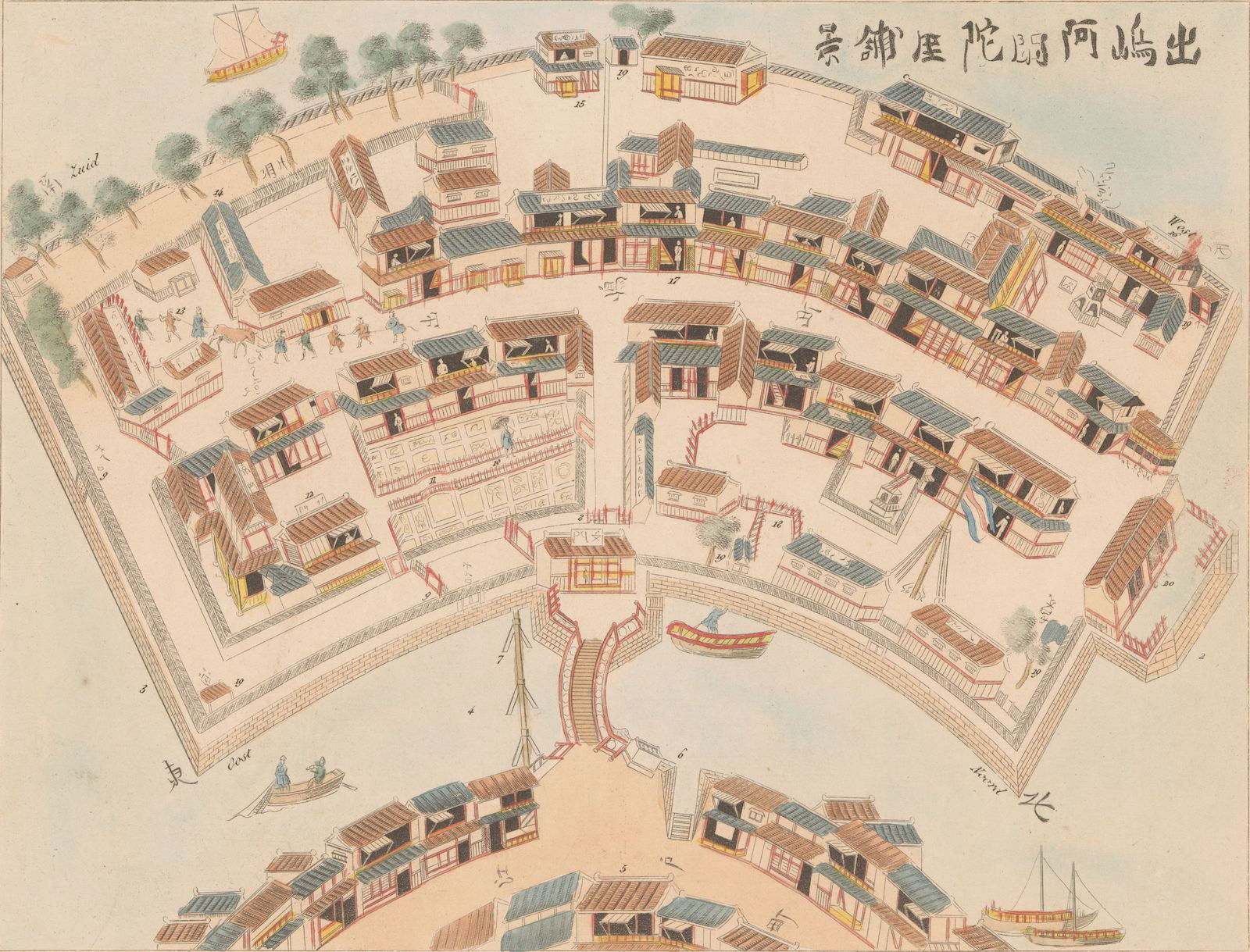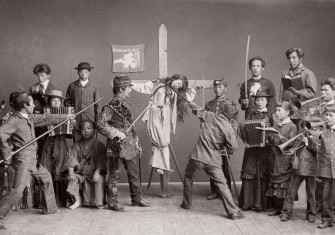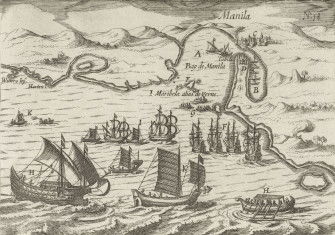Southern Barbarians and Shōguns: Europeans in Nagasaki
For over two centuries from 1641, Nagasaki – and the island of Dejima – was the only place in Japan open to foreigners. How were Europeans received there?

‘This government of Japan may well be accounted the greatest and powerfullest Tyranny, that ever was heard of in the world; for all the rest [of the people] are as slaves to the Emperor (or great commander as they call him), who upon the least suspicion (or jealousy) or being angry with any man (be he never so great a man) will cause him upon the receipt of his letter to cut his belly, which if he refuse to do, not only he, but all the rest of their race shall feel the smart thereof.’







